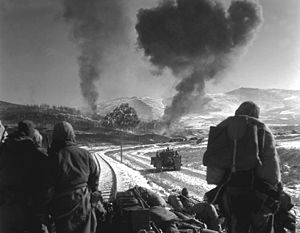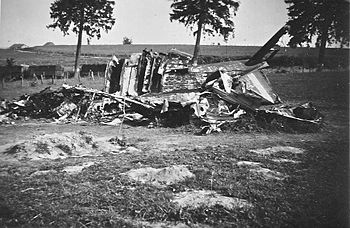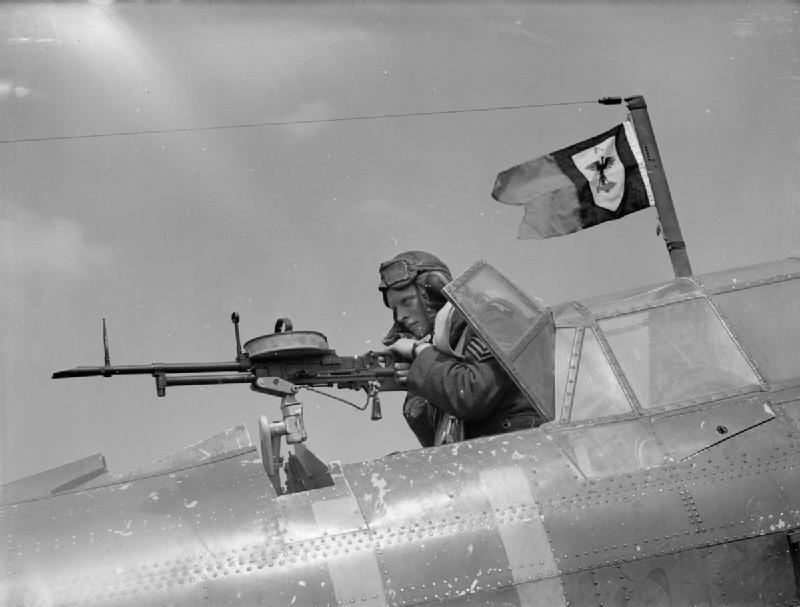The Chestnut Lodge Wargames Group (CLWG) January meeting (Sunday 9th January) was in Jim’s office near Holborn. This one had 14 members in attendance.
When I turned up there was a promotion board going on for one of the characters in our long-running Starship Marine campaign (details of the campaign and a history of the 130th Regiment). To make this more interesting for the players who were on the board (i.e. the interviewers) there were a couple of candidates for promotion, including one marine Captain who brought a bomb in with him to prove how easy they were to defuse. A nice piece of live role-play from Jerry (who improvised the bombs immediately beforehand.)
I was called upon to defuse the device which consisted of an ice-cream box with an anti-tilt device on it and a fuse inside which had to be unscrewed without disturbing the rest of the device. The fuse was a marker pen and the anti-tilt device was a post-it holding it onto the side of the box, if the box had been tilted or nudged then the pen would have fallen off the side of the box and set the device off. Similarly if I had pulled the pen off the back of the box it would also have set the device off.
We also had a tryout of a convoy destruction game intended for wargames shows which Michael Dollin and I are working on. This involves players attacking a convoy in successive waves of torpedo bombers, dive-bombers and perhaps also PT boats and high/medium-level bombers. We mainly tried out the torpedo and dive-bomber mechanisms. These appeared to work very well and played in around twice real time, so a full torpedo run took us around 5 minutes to do. We managed to do dive bomber attacks much faster, around one every minute or so.
The torpedo attacks were done in a conventional figure game way. You fly up with your torpedo bomber, getting shot at as you come in, and launch your torpedo on a likely track when you feel that you are close enough for it to count.
The dive-bombing was a bit different. We had two possible methods for this, but the one we tried most was a co-ordinate system (ripped off from Graham Hockley). As you start your descent you are shown a grid with a slowly moving ship on it (which was magnetic). You can also see your altimeter (a modified clock). When you have got as low as you want you say “Bombs gone” and the grid is turned round so that you can no longer see it. The ship keeps moving the same way it had before and when the altimeter gets to 0 (i.e. then the bombs hit) the umpire stops moving the ship. The player tells the umpire what co-ordinates he wanted the bomb to hit. The grid is then revealed (and with it the position of the ship) and the position of the bomb compared to the ship.
Hits to aircraft were delivered using playing cards. We would print the actual outcome onto cards to speed things up if we did it for a wargame show. The players don’t get told what the effect of a hit is unless it is obvious (or becomes so). This represents the fact that pilots often don’t know how badly damaged their aircraft is except where it affects the handling of the aircraft.
We also developed a bombsight to simulate level bombing. This used a small periscope attached to a wooden arm and a level to release the ‘bombs’ (pieces of chalk). The test target was a block of wood painted matt black so that the chalk marks would be obvious. We did find that the bombing was a too accurate, especially given that level bombing was notoriously inaccurate and the bombs being over-scale didn’t help much. It had a good feel though.
The other game that was run at the same time was called ‘Directory Enquiries‘ by John Rutherford and was a political role-playing game about the French foreign policy immediately after the revolution in 1789. I didn’t take part for the obvious reason that I was running the convoy tryout so can’t really comment on how well it went.
After that another tryout was run, this time as a feasibility for a megagame on WWI. It was “A Great War” from Brian Cameron (an associate member of the Warlords). It ran fairly well as a game but had some pauses in it, which gave Brian doubts about how well it might run as a megagame without more work on the design of the game. I wasn’t involved in this tryout because I was too busy playing a network game of Warcraft with Jim, excellent fun if you can get your hands on it. That was pretty much all of it, we finished up around six and headed for home.
Like this:
Like Loading...


















